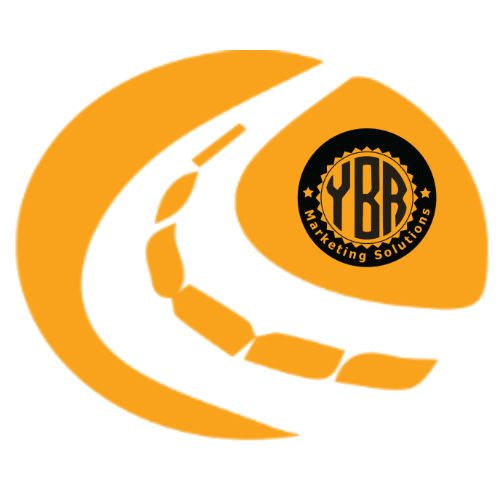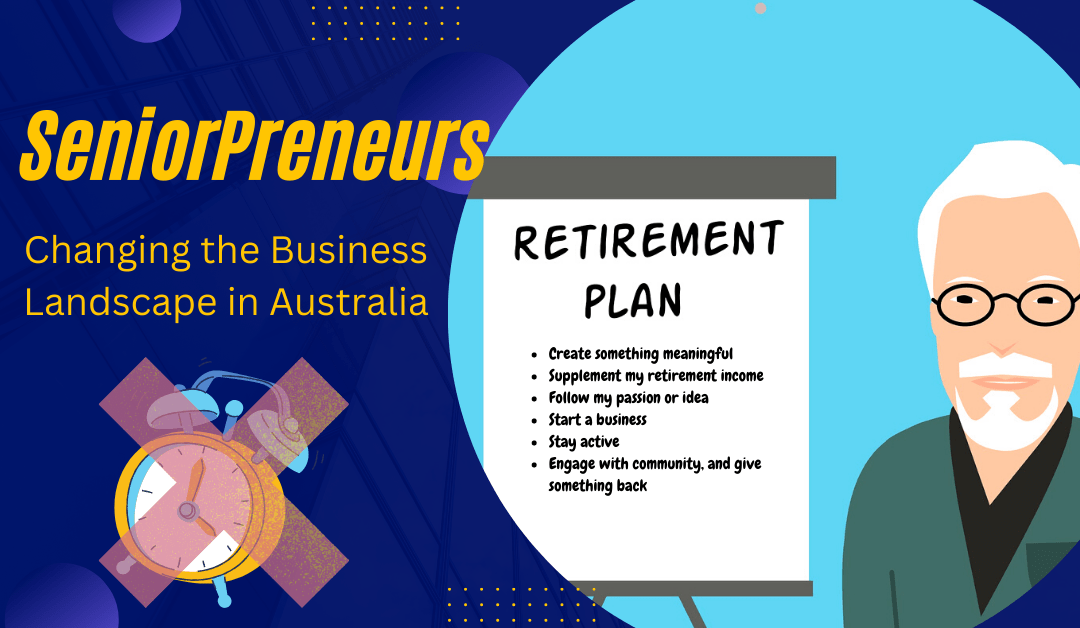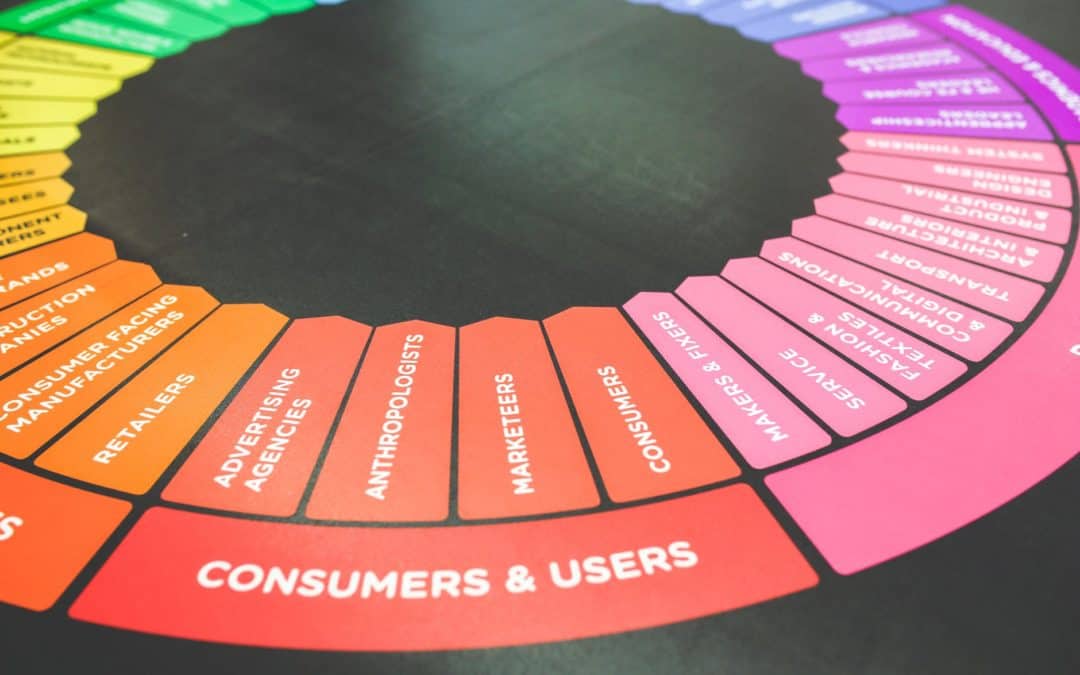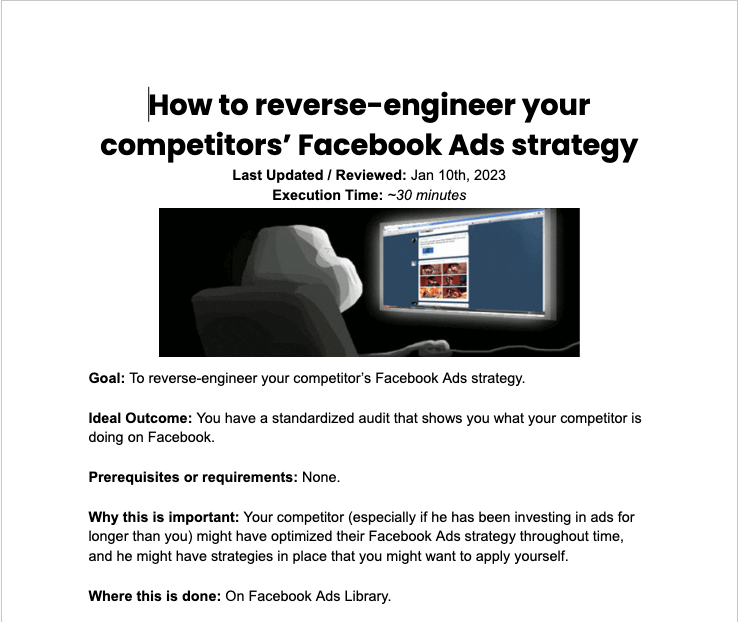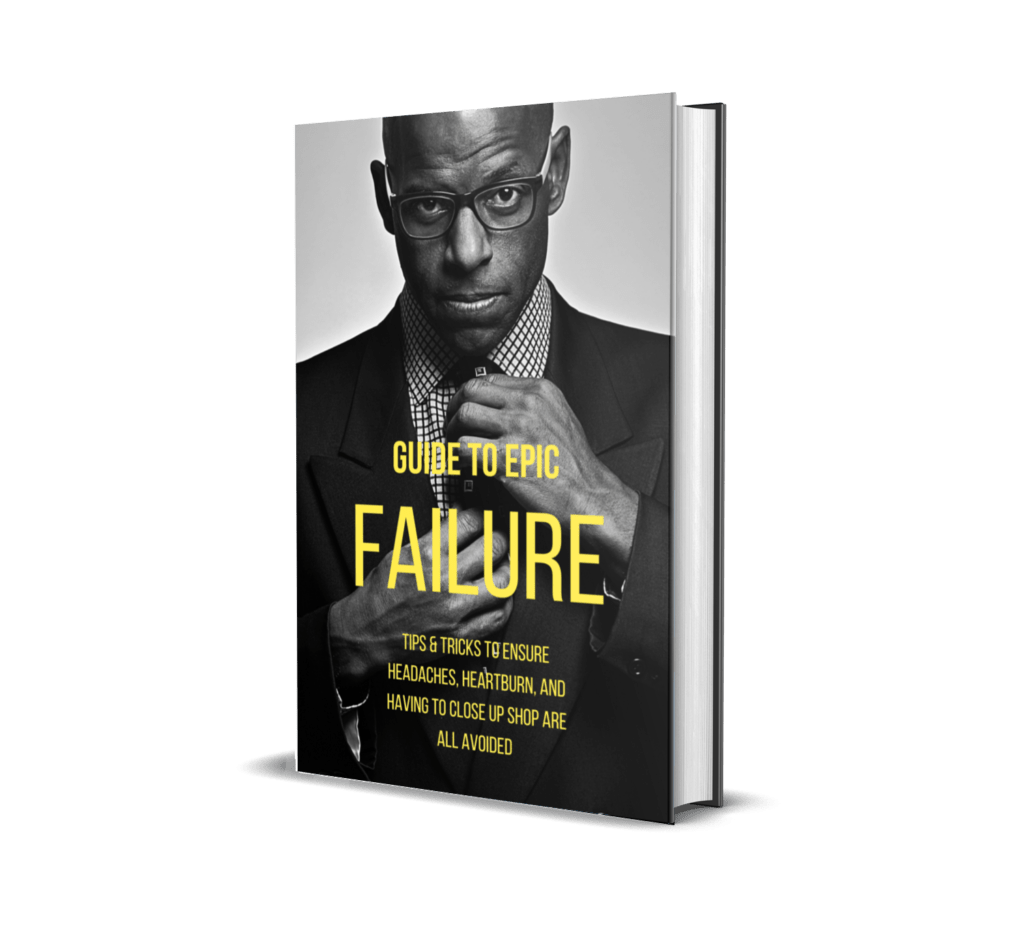
LinkedIn vs. Facebook: Choosing the Right Platform for Your B2B Business
The Battle for B2B Leads: LinkedIn Ads vs. Facebook Ads in the Land Down Under
Imagine this: you’re at a bustling networking event on the shores of Bondi Beach. Around you, professionals exchange ideas, forge connections, and explore potential partnerships. This vibrant scene embodies the essence of B2B marketing in Australia – fostering relationships to drive business growth. But replicating that energy in the digital realm can be tricky.
Here’s where social media advertising steps in. Both Facebook Ads and LinkedIn Ads are powerful tools, but for B2B businesses in Australia, choosing the right platform can be a strategic game-changer.
This blog delves deeper than the usual comparisons, exploring the unique strengths and considerations of each platform to help you target those all-important B2B leads effectively. We’ll leverage data specific to the Australian market and uncover hidden gems most blogs might miss. So, grab your virtual briefcase, and let’s dive in!
Understanding the Australian B2B Landscape
Australia boasts a thriving B2B market, expected to reach a staggering USD $732.1 billion by 2025 [Source: Mordor Intelligence]. Social media plays a crucial role in this growth, with a whopping 74% of Australian businesses using social media for marketing purposes [Source: Social Media Today]. But within this vast ecosystem, Facebook and LinkedIn occupy distinct positions.
Facebook, with its 17 million active users in Australia [Source: DataReportal], offers unparalleled reach. It’s a melting pot of demographics and interests, making it ideal for brand awareness campaigns. However, for B2B lead generation with laser focus, LinkedIn emerges as a strong contender.
LinkedIn Ads: Where Professional Networking Meets Precision Targeting
LinkedIn, the world’s largest professional network, boasts over 15 million Australian users [Source: DataReportal]. These users are actively seeking industry insights, engaging with thought leaders, and making connections that fuel business growth. This inherent professionalism makes LinkedIn a goldmine for B2B marketers.
Targeting Powerhouse: LinkedIn Ads offers unmatched precision in targeting B2B audiences. You can drill down into specific job titles, company sizes, industries, and even skills – ensuring your ad reaches the exact decision-makers you need. Imagine reaching the Head of Marketing at every Fortune 500 company in Australia – that’s the kind of granular targeting LinkedIn offers.
Stat Power: A study by LinkedIn itself revealed that B2B leads generated on LinkedIn convert at a rate 3x higher than those from other platforms [Source: LinkedIn Marketing Solutions]. That’s a conversion rate Australian B2B marketers can’t afford to ignore.
Beyond the Obvious: While sponsored content and display ads are popular choices, a lesser-known gem is LinkedIn Lead Gen Forms. These pre-filled forms appear directly within the LinkedIn interface, significantly reducing friction and boosting lead capture rates.
Storytelling with Stats: Let’s put this targeting power into action. Imagine you’re a Sydney-based cybersecurity firm. Through LinkedIn Ads, you can target your ideal audience: CISOs (Chief Information Security Officers) working in Australian financial institutions with over 500 employees. This laser focus ensures your ad reaches the most relevant individuals, maximising your return on investment (ROI).
Facebook Ads: Reaching the Broader B2B Ecosystem
While LinkedIn excels at targeting specific B2B decision-makers, Facebook Ads shouldn’t be entirely discounted. Here’s why:
Brand Awareness Champion: Facebook’s sheer user base makes it ideal for building brand awareness within the B2B landscape. Consider running targeted campaigns showcasing your company’s thought leadership or industry expertise.
Engagement Amplifier: Facebook excels at fostering engagement. Leverage groups relevant to your target audience and initiate conversations around industry challenges or thought-provoking questions. This can help establish your brand as a trusted authority in the B2B space.
Lookalike Audiences: This powerful Facebook feature allows you to create new audiences similar to your existing high-value customers. This can be particularly valuable in the Australian B2B market, where building a strong client base is crucial for sustained success.
The Retargeting Advantage: Retargeting allows you to reach website visitors who haven’t converted yet. Imagine an Australian CFO who downloads a white paper from your website. Facebook retargeting allows you to keep your brand at the forefront of their mind, increasing the likelihood of conversion.
Storytelling with Stats: Let’s revisit the cybersecurity example. You can leverage Facebook Ads to run a brand awareness campaign showcasing real-world case studies of how your solutions helped other Australian financial institutions overcome cyber threats. This establishes trust and positions your company as a valuable partner.
The X-Factor: Considerations Beyond the Platform
-
Content is King (and Queen): Regardless of the platform, compelling content reigns supreme. Focus on creating resources that educate and inform your target audience, not just blatant sales pitches. Invest in high-quality visuals, videos, and case studies to capture attention and drive engagement.
-
Budget Matters: LinkedIn Ads generally have a higher cost per click (CPC) compared to Facebook Ads. Australian industry averages put LinkedIn CPC in the $5-$12 AUD range, while Facebook averages closer to $1.80 AUD [Sources: WebFX, Hootsuite]. Consider your budget and target audience to determine which platform aligns with your financial goals and offers better value proposition.
-
The Importance of Testing: Never rely on assumptions! A/B test your ad campaigns on both LinkedIn and Facebook to pinpoint what resonates best with your target B2B audience. Analyse metrics like click-through rates, lead generation rates, and ultimately, ROI.
-
Integrated Strategy: In the Australian context, combining LinkedIn and Facebook can be a powerful one-two punch. Use Facebook for top-of-the-funnel awareness and retargeting, while leveraging LinkedIn’s hyper-targeting for conversion-focused campaigns.
When LinkedIn Might Be the Clear Winner
Here are some scenarios where LinkedIn Ads likely offer a significant advantage for Australian B2B marketers:
- Specific Niche Targeting: Your product or service caters to a highly-specialised B2B niche. LinkedIn’s refined targeting allows you to reach the right professionals even within a narrow segment.
- High-Value Leads: Your main goal is to generate quality leads likely to convert into paying customers – even if the overall volume is lower but the potential ROI is higher.
- Account-Based Marketing (ABM): If your strategy focuses on targeting a select list of high-potential accounts, LinkedIn provides tools to personalise content precisely for those target companies.
When Facebook Ads Can Still Shine for B2B
Here are scenarios where Facebook Ads could be a smart addition to your Australian B2B strategy:
- Cost-Consciousness: You have a limited marketing budget and want to maximise reach and awareness while still having some degree of targeting ability.
- Employee Advocacy Focus: You want to engage your own employees in creating and sharing company-related content to expand reach organically on a platform where they’re already likely active.
- Visual Storytelling: If your B2B brand has powerful visuals or videos (client testimonials, office culture, product demos), Facebook’s emphasis on visuals makes it an enticing platform.
The Australian B2B Verdict
As with all things marketing, there’s no single “best” platform. Choosing the right platform for your B2B business in Australia requires understanding your target audience, campaign goals, and budget.
By following these strategies, you’ll be well-equipped to make informed decisions about where to invest your advertising efforts, propelling your Australian B2B business towards success. And remember, sometimes the winning combination lies in strategically leveraging both platforms for a powerful, integrated approach!
I hope this serves you,
 Red
Red
Drop us a Line 📞 🗝 1300 902 588
Follow Us on Social ⏬⏬⏬
